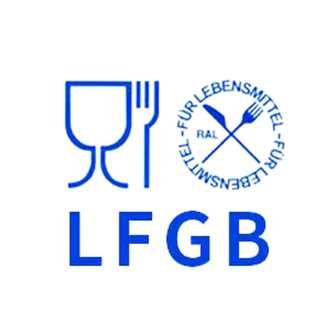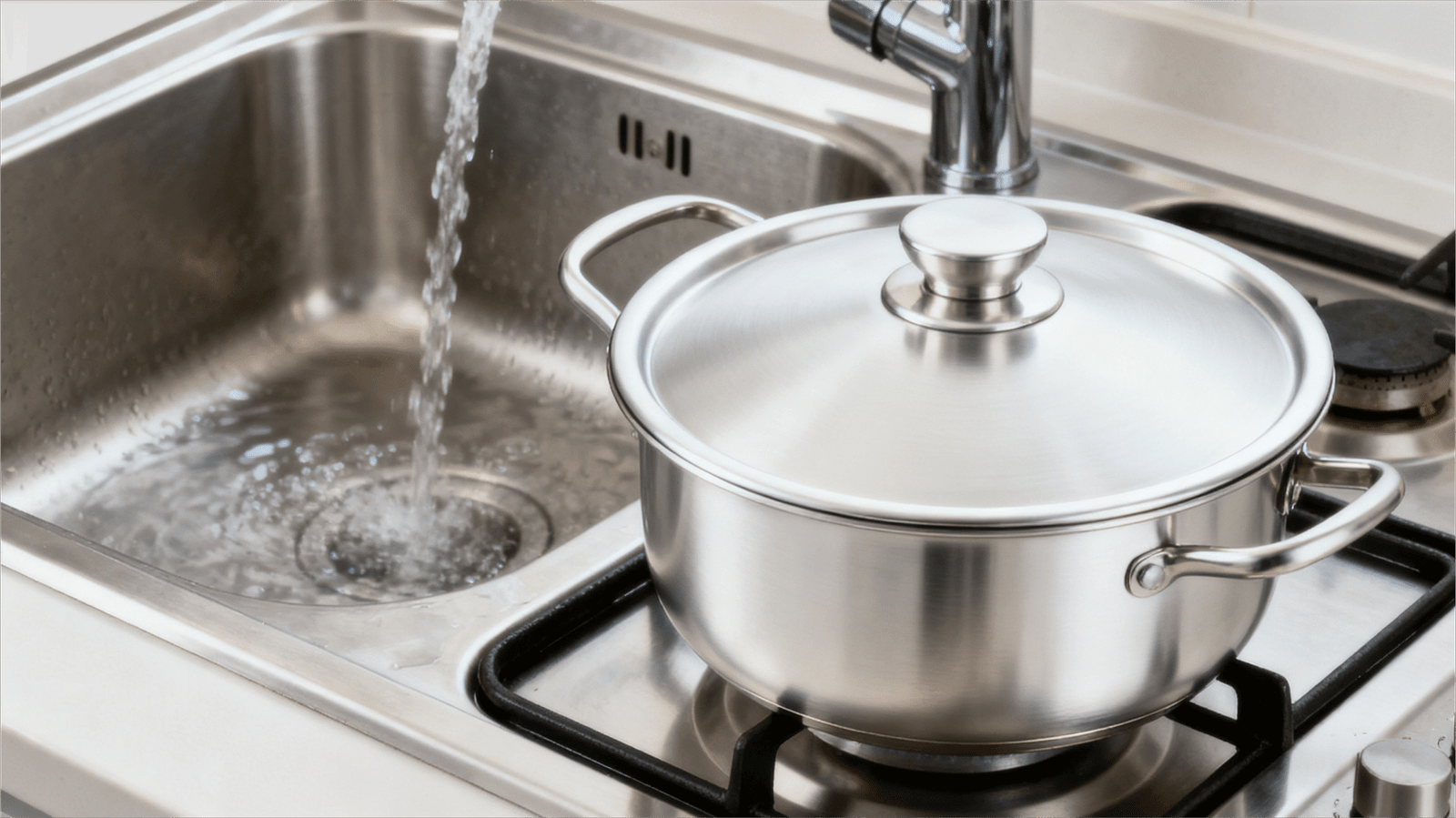Understanding the varying global standards for stainless steel cutlery is crucial for manufacturers, exporters, and consumers. These regulations primarily focus on material safety (preventing heavy metal migration), material grades, and labeling requirements.
1. Key Concepts Explained
What do “18/8” or “304” mean?
This is the material grade, indicating the composition of the stainless steel. The “18/8” designation refers to the percentage of Chromium and Nickel in the alloy.
- 18% Chromium: Provides rust and corrosion resistance.
- 8% Nickel: Enhances luster, durability, and corrosion resistance.
- The rest is primarily Iron.
Grades like 18/10 contain more nickel for a higher-end finish, while 18/0 contains no nickel but is more prone to corrosion.
2. European Union (EU)
The EU has one of the most stringent frameworks, focusing heavily on preventing harmful substances from migrating into food.
- Key Regulations:
- Framework Regulation (EC) No 1935/2004: The core law mandating all food-contact materials must be safe.
- Germany’s LFGB: A famously strict national standard that includes tests for heavy metal release and surface condition.
- Material & Testing Focus:
- Tests simulate cooking and storage conditions to measure the migration of metals like Nickel, Chromium, and Manganese into food simulants (e.g., acetic acid).
- Labeling: Look for the “glass and fork” symbol.
The EU Food Contact Symbol: This indicates the product complies with EU regulations for food contact materials.
3. United States (USA)
The US system, governed by the FDA, focuses on the safety of the raw materials themselves.
- Key Regulations:
- FDA CFR Title 21: Regulates “Indirect Food Additives.” Common grades like 304, 316, and 430 are generally recognized as safe (GRAS).
- Material Focus:
- The primary concern is the chemical composition of the alloy. The FDA’s approach is less about migration testing and more about the intrinsic safety of the materials used.
US FDA Focus: The emphasis is on the safety of the alloy composition itself.
4. China
China’s GB standards are mandatory, detailed, and require specific marking.
- Key Standards:
- GB 4806.1-2016: General Safety Requirements.
- GB 4806.9-2016: Specific standard for metal food-contact materials.
- Material & Testing Focus:
- Provides a list of approved steel grades (e.g., S30408, equivalent to AISI 304).
- Sets strict migration limits for heavy metals like Lead (Pb), Cadmium (Cd), and Arsenic (As).
- Labeling: The Food Contact Material (FCM) mark is mandatory.
[Image: A representation of the Chinese FCM mark, which often looks like a stylized glass and fork with Chinese characters meaning "For Food Contact".]China GB Standard Mark: This mandatory symbol must appear on products sold in China.
Comparative Summary Table
| Region/Country | Primary Regulatory Body | Key Standard(s) | Main Focus & “Gold Standard” Test |
|---|---|---|---|
| European Union | European Commission | (EC) No 1935/2004, LFGB (DE) | Heavy Metal Migration Test under simulated use conditions. |
| United States | Food and Drug Administration (FDA) | 21 CFR, ASTM A967 | Material Composition (GRAS List) and corrosion resistance. |
| China | Standardization Administration (SAC) | GB 4806.1 / GB 4806.9 | Mandatory Material List & Migration Testing with required FCM mark. |
| International | International Org. for Standardization (ISO) | ISO 8442 Series | Performance, Sharpness, and Durability of the cutlery. |
[Image: A world map with the regions (EU, USA, China) highlighted in different colors, with their respective key standard icons (Glass/Fork, FDA, GB Mark) placed on them.]A Global Landscape: A visual summary of the key regulatory regions and their primary compliance markers.
Conclusion
For businesses, navigating this landscape is key to market access. The EU and China require proactive testing and certification, while the US system relies more on manufacturer adherence to material specifications. For consumers, looking for marks like the EU food-safe symbol or understanding grade labels (like 18/10) is the best way to ensure quality and safety.
Disclaimer: This guide is for informational purposes only. Standards are subject to change. Always consult the most current official regulations for legal compliance.



